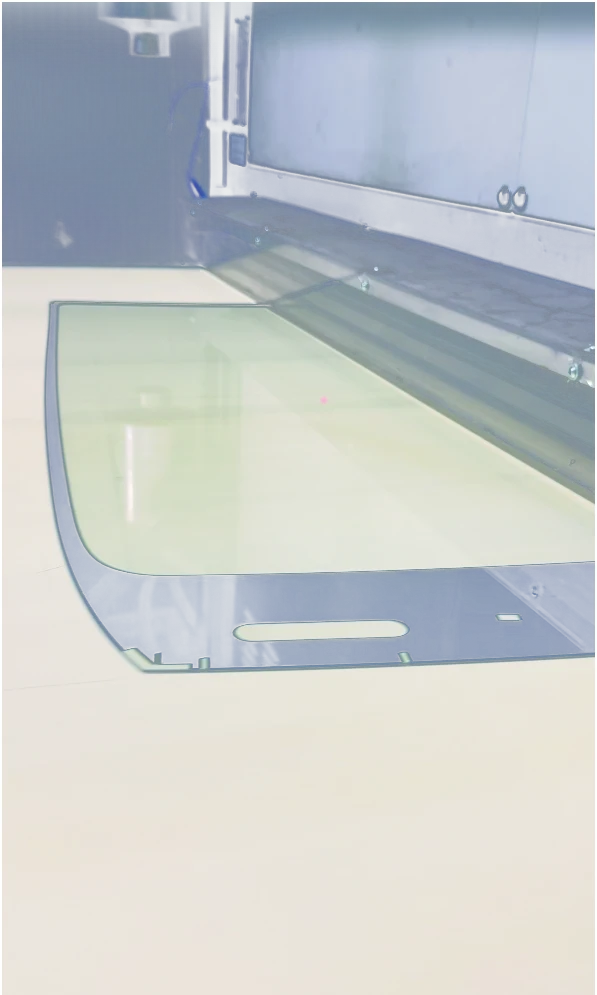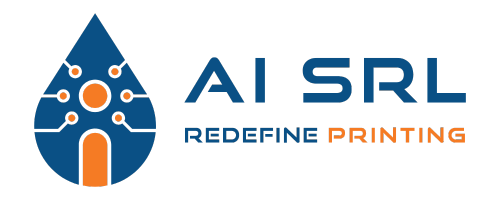DIGITAL PRINT
The automotive glass sector is experiencing a revolution thanks to the introduction of digital printing. Currently, many companies still use screen printing, a method that has high production changeover times and limitations in the creation of complex graphics.
However, the modern market requires customized graphics and advanced performance that only digital printing can offer.
Let’s see the advantages of this innovative printing method.
Types of Digital Printing
UNIFORM PRINT (UP)
This mode uses a printhead that generates ink drops of uniform size and at the same speed, ensuring even distribution.
Consistent Quality: Each drop of ink is identical, ensuring consistent quality of printed images.
Simplicity: easy to set up and ideal for small production runs or quick proofs.
Efficiency: reduces ink waste, cutting costs and environmental impact.
VARIABLE TONE PRINTING (STV)
Uses different sized drops to represent various levels of gray, allowing for a greater range of shades.
Details and Shades: Precise representation of tonal gradations, ideal for complex images.
Creativity: wide range of visual effects and smooth transitions.
Ink Efficiency: optimized ink usage without compromising quality
VARIABLE QUANTITY PRINTING (SQV)
The head works in binary mode with variable frequency, adapting to the amount of ink required.
Precision: accurate control of ink quantity, ideal for customized applications.
Flessibilità: adaptable to specific customer needs.
Optimization: improve production efficiency by reducing machine downtime.
Advantages of digital printing for automotive
High resolution and detail: Digital printing offers superior quality with sharp images and vivid colors, essential to meet modern aesthetic demands.
Quick customization: Each piece of glass can be uniquely customized, allowing for design changes without the need to create new masks or stencils.
Reduction of production changeover times: lpreparation is much faster than screen printing, allowing for rapid response to market needs
Suitable for all print runs: costeffective for both small and large production runs, offering a flexible solution for on-demand production.
Environmental Sustainability: optimizing ink usage and reducing waste make digital printing an environmentally responsible choice.
Technology Integration: Easily combinable with other digital technologies such as laser cutting and engraving, to create complex, high-quality products.
Versatility of graphics: Digital printing overcomes the limitations of screen printing, allowing for the creation of intricate and innovative graphics that meet the demands of today’s market.

Conclusion
Digital printing is transforming the automotive glass industry, offering significant benefits in terms of quality, flexibility, and sustainability.
Companies that adopt this technology can better meet customer needs, reduce production times, and improve overall efficiency, responding to the ever-increasing demands of the modern market.
ARTIFICIAL INTELLIGENCE – REDEFINE PRINTING
Il Team Ai Srl


